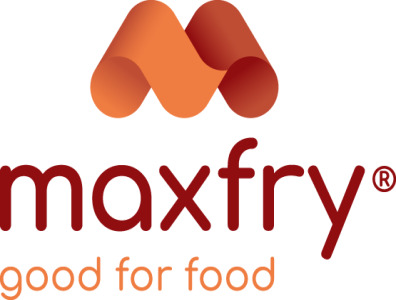News
Acrylamide levels still exceed limits for young children
8 Apr 2019The European Union introduced new regulation intended to reduce acrylamide in foods in April 2018, but some categories are still not compliant with benchmark levels, putting toddlers and young children at a particularly high risk.
Acrylamide is a carcinogen formed in starchy foods when they are heated to a high temperature, so it occurs naturally in products like French fries, crisps, instant coffee, toasted bread and breakfast cereal. The regulation spurred many manufacturers to redouble their efforts to reduce acrylamide, but nearly a year on, an EU-wide test by ten consumer organisations found several problematic categories, including biscuits and wafers, and baby food.

The food industry has come up with a wide range of tools to cut acrylamide levels in food, and The European Consumer Organisation (BEUC) says progress across the industry has demonstrated that it is possible to lower acrylamide in all categories.
However, its member organisations found a third of biscuits and wafers they tested were at or above the benchmark level set by law, while 13% of baby foods were above the benchmark, as were 7.7% of potato crisps and 6.3% of biscuits for infants and young children. The benchmark for ordinary biscuits is set at 350 µg/kg, while for biscuits intended for children it stands at 150 µg/kg. BEUC points out that this difference puts children at an additional risk, because young children often eat ordinary biscuits too.
Acrylamide reduction is not a new challenge. The compound was identified as a problem by Swedish scientists in 2002, and the first solutions became available to industry in 2007. Novozymes was an early mover in the sector, releasing an asparaginase enzyme that could reduce acrylamide levels by up to 90% in finished products. Others soon followed, including DSM with its own asparaginase enzyme solutions, Frutarom with customised blends of rosemary oil and water soluble extracts for use in frying oil, Orkla Food Ingredients with its acrylamide-reducing yeast, and Maxfry with its ingredients to improve heat transfer from frying oils.
The benchmarks are set to be reviewed by the European Commission every three years, with the goal of gradually setting lower levels. In its testing of more than 500 products, BEUC found most categories were compliant with the benchmarks, and suggested that most companies were taking action on acrylamide. However, it said a lack of binding limits meant some, mostly smaller, food companies were insufficiently motivated to apply mitigating measures. It also suggested that the current benchmarks were easy to reach, and called for more ambitious reduction targets.
For food manufacturers and consumers alike, these results are encouraging on the one hand, in that most food companies now are successfully managing the issue, and discouraging on the other, in that some smaller food companies are still skirting it – and when it comes to foods consumed by young children, food companies must become more reactive.
What is clear is that ingredient suppliers have delivered on this issue, providing manufacturers a choice of cost-effective solutions that actually work. It is now a matter of ensuring everyone, large and small, gets on board.



